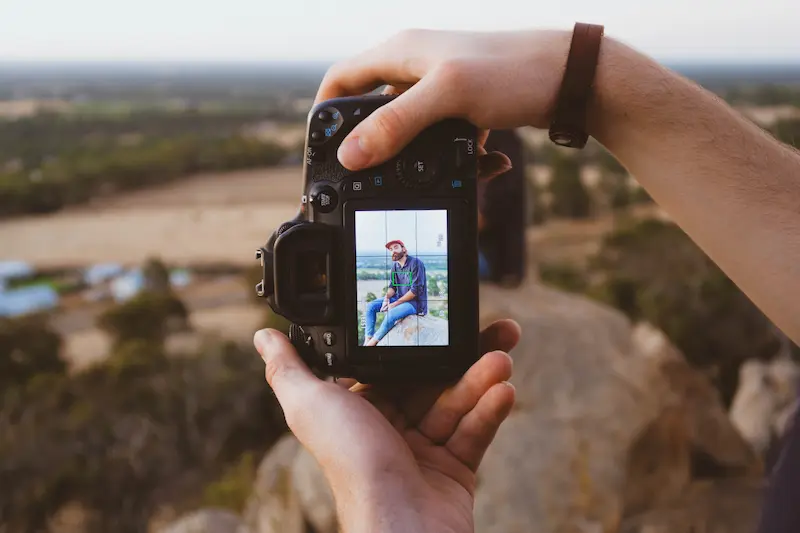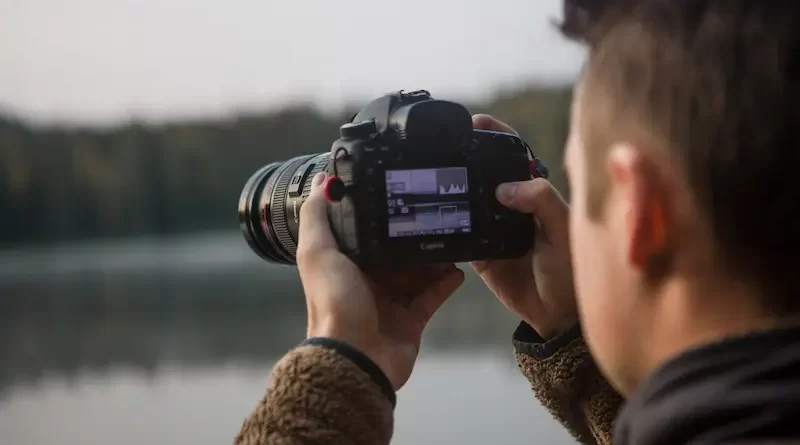Ways To Use Shutter Speed Creatively Or How To Catch A Nice Photo
When we talk about the parameters that affect the photo, we can’t forget about shutter speed. Once you’ve learned how to take basic pictures, it’s time to try more creative techniques.
Long-exposure photography is a technique that uses slow shutter speeds to create cool effects. This technique can be used to create a wide variety of images, be it landscapes, cityscapes, photos of the stars, and more. If you’re ready to take your photography to the next level, check out this complete guide.
If you`re interested in slow shutter speed photography and how to do great pictures the best option it takes a look at Skylum`s blog.
Of these three elements, shutter speed gives you the most flexibility. If you want to use shutter speed for artistic purposes, let’s start with some basics.
Shutter speed, or the exposure time, is the time it takes the camera to take a picture. It seems simple at first, but the deeper you get into the subject, the more complex and interesting it becomes.

How To Adjust The Seasoning Correctly
Cooking recipes often end with the phrase ‘add salt to taste’, which always confuses the inexperienced cook. Unfortunately, working with seasoning is just as much ‘salt to taste’; there will be no universal advice or precise, always-working figures. The best way to learn how to set shutter speeds is to gain your own experience as you shoot. Nevertheless, we will try to give you tips on how to set the shutter speed in various shooting situations. These are not the only options, but they are a starting point for the budding photographer.
The most important thing is to learn how to adjust the shutter speed when shooting moving subjects. Recall that without a tripod, all subjects will be moving to the camera due to the inevitable camera shake in their hands.
Here’s a quick cheat sheet for specific types of moving objects. The values given here are not an axiom, but a starting point for setting up the camera.
- A standing still person –1/60th of a second or shorter.
- Walking, talking person – 1/125 s or shorter.
- Jogging, actively gesticulating person, young children in a sports section, pets on a walk – 1/500 or shorter.
- Athletics, wrestling, figure skating, football, hockey, birds in flight, frolicking animals – 1/1000 or shorter.
The image appeared blurred because the shutter speed was too slow for the scene.
The shutter speed is short enough: the hero of the shot came out sharp.
To get high-quality shots at an important event (a child’s performance at a matinee or a competition) you should take a series of test shots before shooting, carefully examine the captured images for blurring at full scale and understand which shutter speed is suitable for our case. Excessively fast shutter speeds are not recommended because they may result in dark frames, overestimation of ISO settings, and deterioration of image quality. Therefore, the most important thing in setting the shutter speed is to find the golden mean.
Understanding Exposure
When you take a photo, you are capturing light. Therefore, understanding exposure is the key to good photography.
Exposure is affected by 3 factors:
- shutter speed;
- ISO;
It is important to understand these factors. If you want to become a good photographer, you need to know how they can positively and negatively affect your photography. Then you can play around with the settings to get the results you want.
Tools
There is some equipment you’ll need to take photographs using slow shutter speeds.
How To Use An Nd Filter To Remove People From Long-exposure Photos
We’ve all seen those perfect shots of famous landmarks. But when you go to take your photos, tourists crowd into the frame, ruining your shots. So how do you take the perfect photo without people?
If you’re shooting a famous tourist spot or want to capture a lonely beach but people are ruining your photo, don’t worry. There is a way to remove people from a photo without post-processing. All you have to do is take a long exposure with an ND filter.
What Are The Different Types Of Nd Filters?
Before we talk about the different types of ND filters, let’s first discuss the types of mounts.
Like any other filters, there are different ways to mount them to your lens. Below is a list of a few of the most popular options.
- Sliding filter. The sliding version of a neutral-density filter requires an adapter or filter holder. It screws onto the front of the lens and once attached, you can insert the glass into it.
- Screw-On. The screw-on version allows you to screw it onto the front of the camera lens.
- Drop-In. There are types of ND filters that fit into your camera body, right in front of the mirror. They are preferable as they do not refract light as others do.
All of these types of mounts have their pros and cons. Sliding mounts allow you to use filters of the same size on almost any lens. But they’re bulky and not always the best choice if you move from place to place often.
Screw-in filters are the most reliable option, especially if you move around a lot when you’re shooting. But you’ll need filters the right size so they fit different lens diameters
Inline filters are reliable and allow you to use the same size filter for any lens. But they can be quite expensive.
Conclusion
Knowing how to set the shutter speed is one of the most important steps in mastering a camera. It’s something you can only learn by doing. Start by watching how the shutter speed is set by the automation, and then start doing it yourself to learn how to take crisp, expressive photos under any conditions.

